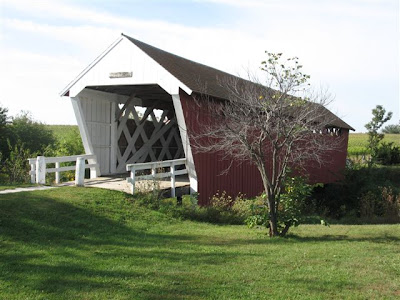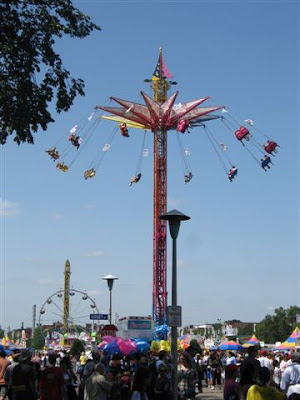Again the weather dominates our thoughts. Still no decent rain to speak of. The latest figures show 80.8 per cent of the state of New South Wales is drought-declared, up from 73.6 per cent in October, with 14.8 per cent considered marginal.
The vines are now starting to suffer. Leaf yellowing is occurring in the shallower parts of the rows. I notice that a near neighbour’s vineyard is also showing the same affects.
The veggie garden is also struggling and we are now on subsistence irrigation having decided to keep any spare water for the cattle as the main dam is almost dry now.
We have been swimming and surfing most days. The ocean is warm enough for a 30 minute dip and the beaches are still relatively deserted. It is obvious that the first influx of tourists (‘touros’ in local speak) has arrived. Town is much busier. Private schools have already broken up and the public ones will follow in a week’s time. It won’t be long until the area fills up with holidaymakers most of whom stay until the end of January. The population of our area quadruples over the summer holiday break. Not only does this cause some traffic chaos but prices for most things generally rise and it does put some strain on the local infrastructure. I notice that the local council has already put out mobile signs on the highway warning of the severe water restrictions that are currently in place in the Shoalhaven.
So soon it will be time to head on into the supermarket around 7am to avoid the manic queues and get to the beach early to avoid the crowds.
I know "we" need the money that the tourists bring in but it sure does cause disruption to our quiet lives.
Other than that, plans for the 2010
South Coast Wine Show in January are well in hand. We have two new judges this year in addition to our regular chairman. Both are women which will add a new aspect to the assessment of the wines offered for evaluation.

Both the co driver and I are a bit ambivalent about Christmas. We always talk about getting a tree but don’t, the house is sometimes minimally decorated but mostly not and we really don’t do presents for each other any more although we still do for close family. We usually send out Christmas cards but even this was a point of discussion this year. Why? I don’t really know. Maybe it’s my Scottish heritage where my father always considered Hogmanay more of a celebration, or coming from a one child family where Christmas was always a small quiet relaxed affair. Just maybe we think it’s mainly a kids’ thing or it’s because we live a relaxed quiet lifestyle and any special holidays just meld into our normal day to day lives.
But in an effort to get into the ‘spirit’ we purchased a couple of Christmas cups for our tea (guess which one is mine) as well as some serviettes. I think that may be well it.

And of course the co driver has found a station with 24 hour Christmas music on satellite radio which is nice but I do wonder how songs about snow, sleighs and freezing your butt off are relevant to the southern hemisphere at this time of year.
Anyway, we attended the annual valley get together where it’s a chance to catch up with all our neighbours en masse rather than chance meetings on the road or the occasional visit to trade wine for fruit, eggs, honey, fish etc. or to help up with some task eg. dead calf removal.
We had the usual fun time with everyone copping their fair share of ribbing. Winning Trainer Bob (as defacto mayor of our little community) tried to get some issues settled eg. naming our private road as an ID aid for visitors, deliveries and tradesmen as well as bridge maintenance. But as usual his efforts were in vane when discussions segued to Jarrod's (a neighbour's 3 yo) swimming lessons. He said he would try again next year.
And I am giving a talk to fifty local Rotarians about grapegrowing, winemaking and wine tasting and food matching next week. This was a last minute arrangement which necessitated getting the brain out of neutral but I am sure I can bluff my way through.
So here's wishing all my readers a Happy Christmas wherever in the world you may be.

























































